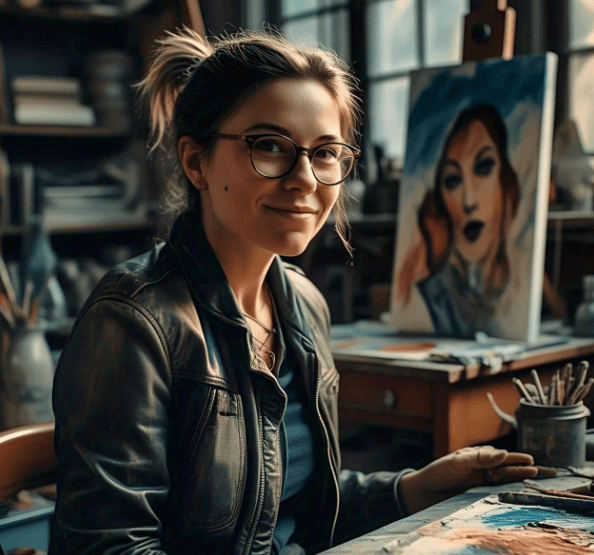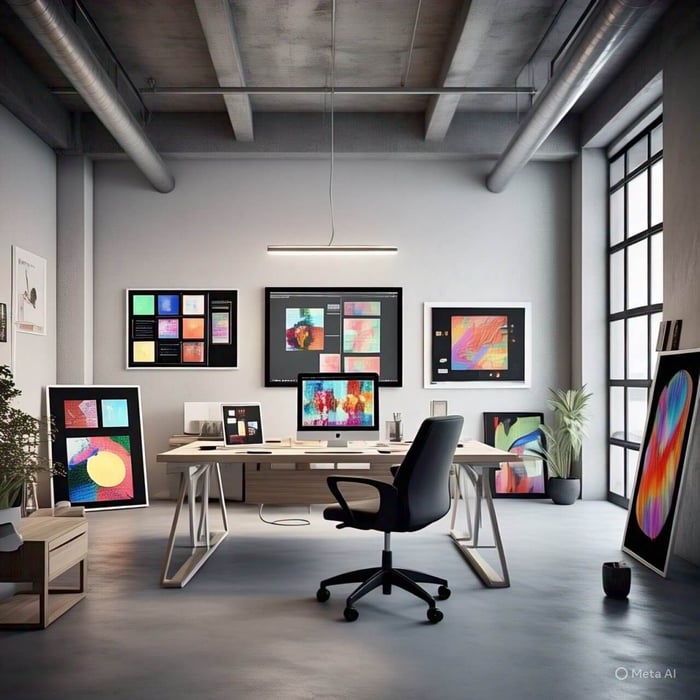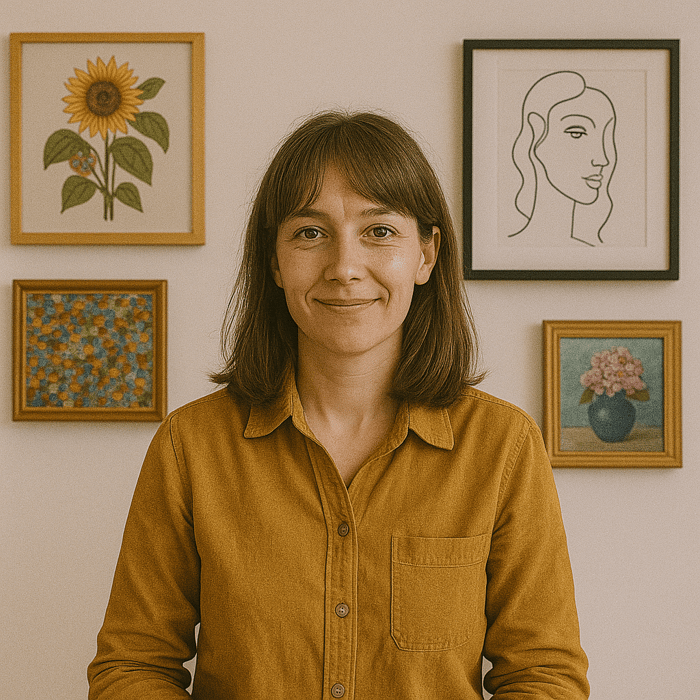Find Your Target Audience as an Artist
Finding your target audience is one of the most important steps in building a sustainable art career. Whether you're a painter, sculptor, digital illustrator, or photographer, identifying who appreciates, connects with, and buys your art will help you market more effectively, increase sales, and build a loyal following. This guide provides practical, SEO-friendly strategies for discovering and reaching your ideal art audience.
What Is a Target Audience?
Your target audience is the specific group of people who are most likely to resonate with your art. These are individuals who share values, interests, and aesthetic preferences that align with your creative vision. Understanding them allows you to tailor your messaging, artwork themes, pricing, and marketing efforts to meet their expectations.
Why Knowing Your Audience Matters
- Boosts engagement and connection
- Improves the effectiveness of marketing campaigns
- Helps you choose the right platforms and promotional strategies
- Increases your chances of making consistent sales
Step 1: Define Your Art Style and Message
Before identifying your audience, you must clearly understand your own artistic identity. What themes do you explore? What emotions do your works evoke? The clearer your message, the easier it is to attract those who resonate with it.
Ask Yourself
- What subjects do I frequently depict?
- What mediums and colors do I often use?
- What feelings or messages am I trying to convey?
Step 2: Analyze Your Current Audience
If you've already been sharing your art online or in-person, your current followers can offer valuable insight. Study their behavior to see who is already drawn to your work.
Tools to Analyze Your Audience
- Instagram Insights: Demographics, top posts, engagement trends
- Facebook Page Insights: Gender, age range, and reach
- Google Analytics: Website visitor data and behavior
- Email Marketing Platforms: Open rates and subscriber locations
Step 3: Create Audience Personas
An audience persona is a fictional representation of your ideal customer. These help you focus your content and marketing messages.
Elements of a Good Persona
- Name and age
- Occupation and income level
- Location and lifestyle
- Reasons they love your type of art
Example:
Name: Julia, 34
Profession: Interior designer
Location: Austin, TX
Interests: Modern home decor, sustainability, original artwork
What she loves: Art that tells a story and fits her clients� aesthetics
Step 4: Research Art Buyers in Your Niche
Look at who is buying similar artwork. Explore hashtags, artist communities, and marketplace reviews to understand demographics, values, and behaviors.
Ways to Conduct Research
- Check the followers and buyers of artists with a similar style
- Analyze reviews on Etsy, Saatchi Art, or Redbubble
- Join artist Facebook groups and see who is engaging
- Attend online or local art fairs and observe buyer behavior
Step 5: Use Social Media Insights
Each social media platform offers different tools for identifying your followers and seeing what resonates with them.
Key Metrics to Track
- Top-performing posts (likes, comments, saves)
- Follower demographics and growth patterns
- Referral traffic to your website or shop
Step 6: Test Different Content and Offers
Finding your audience also involves testing. Try different types of posts, price points, and messaging to see what gets the most response.
Ideas to Experiment With
- Process videos vs. finished artwork
- Inspirational captions vs. technical descriptions
- Limited edition prints vs. open editions
Step 7: Engage and Ask for Feedback
One of the most effective ways to understand your audience is to ask them directly. Use polls, Q&As, and surveys to get insights.
Engagement Tips
- Use Instagram Stories polls to ask what art people want to see
- Send out an email survey with a small discount as a reward
- Reply to every comment and DM to build stronger connections
Step 8: Join Art Communities and Forums
Online communities can help you learn from peers and discover new audiences. Participate in conversations and observe what types of art get the most attention and why.
Recommended Communities
- Reddit: r/ArtBusiness, r/ArtistLounge
- Facebook groups for niche art forms
- DeviantArt, Behance, and ArtStation
- Discord servers focused on digital art or NFTs
Step 9: Refine Your Strategy Based on Data
Once you�ve gathered insights, use them to refine your art style, messaging, and promotional tactics. Repeat what works and improve what doesn�t.
What to Adjust
- Update your bio and website with new messaging
- Create more of the content that performs well
- Target your paid ads or email marketing based on demographics
Conclusion: Your Audience Is Out There
Your art won't be for everyone and that's okay. The goal is to find the people who connect deeply with your work and become loyal fans and customers. By following these steps, you'll not only discover your ideal audience but also build a more meaningful and profitable art career.
Looking for more artist business support? Join our Art Sellers Mastermind Hub a free online community where artists share marketing strategies, tools, and success stories.
Start Your Journey Now With A One-Time Payment of $199
If you're ready to commit fully and start transforming your passion into profit without delay, our one-time payment option gives you full access immediately. Perfect for those who want to dive right in and take full control of their artistic destiny.
$199.00 — Discounted Price
Get Started Now



